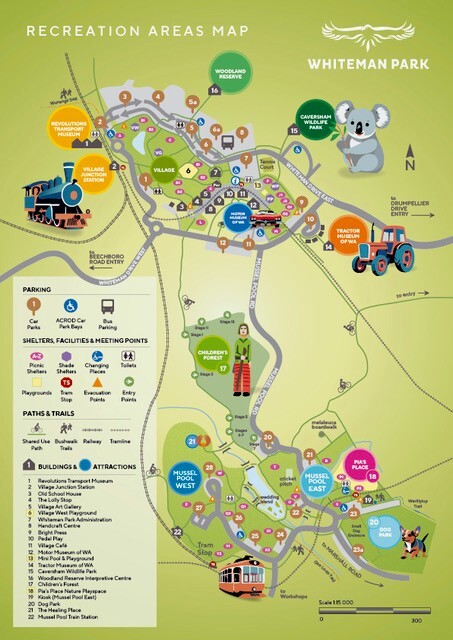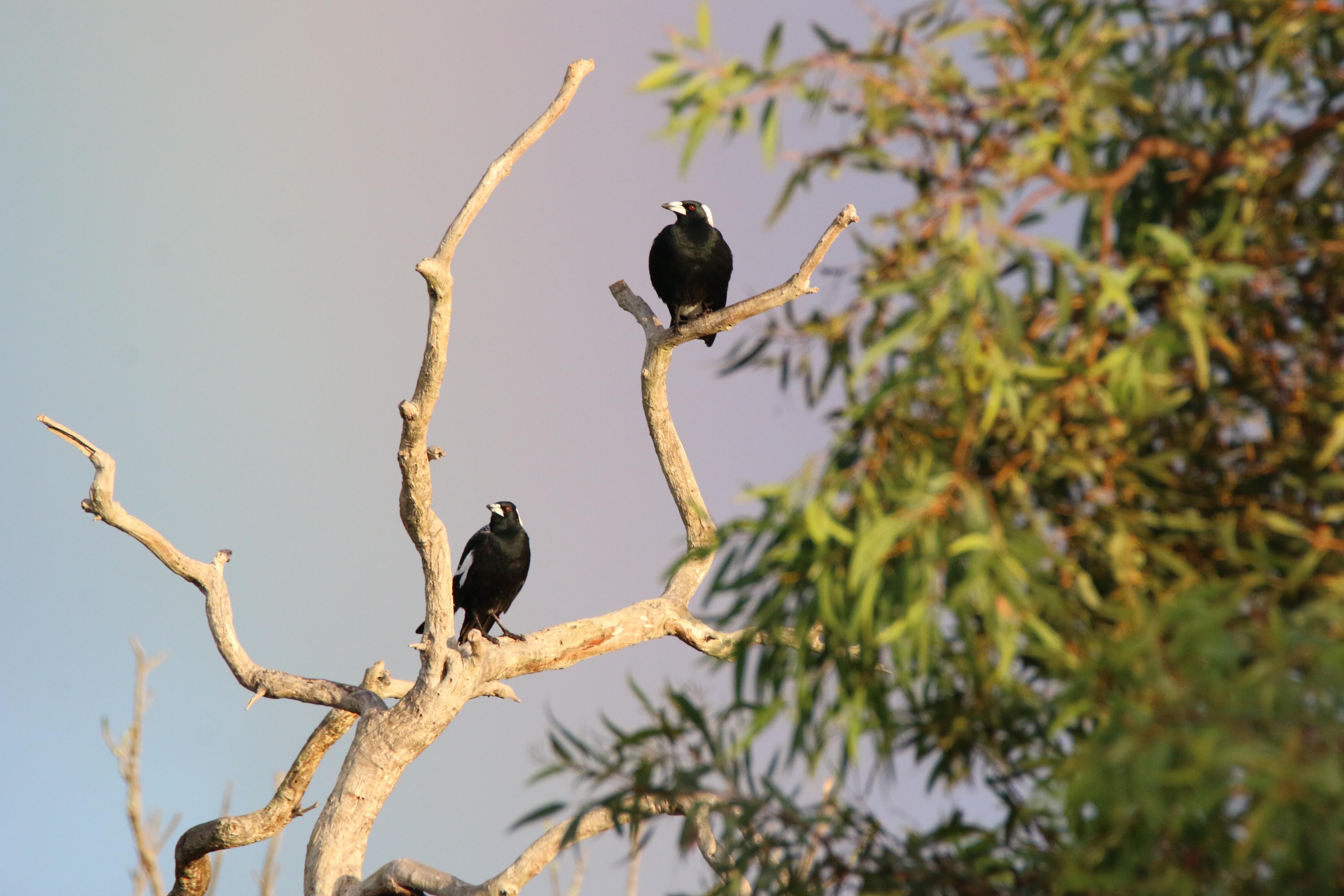The Australian magpie is as iconic a species as they come. With their melodic song and distinct black and white plumage, they are found throughout Australia and are commonly seen across our own parklands. They can also strike as much fear into the hearts of Aussies and tourists alike as dropbears, crocodiles and all those insanely venomous biting critters we have (we’re looking at you 🕷🐍).
Despite this, the magpie is one of our most fascinating bird species!
In a recent poll by the ABC, the magpie took the top spot for Australia’s favourite animal sound.
Aside from their beautiful song and cuttingly sharp dives, these birds are known for having amazing memories and can remember individual human faces, as well as general ‘humanoid’ traits. They are also family oriented, living in large family groups in territories that provide roosting and nesting trees, as well as good food supplies. Importantly, they also look out for one another, making them great parents and protectors of their young.
Keeping wildlife ‘wild’
Managing recreation areas with wildlife can be challenging though: people feed, encourage, chase and complain about fauna, making life difficult for the animals involved.
Picnic foods are unhealthy for our wild friends. And feeding them can cause them to become accustomed to taking food or – even worse – helping themselves to food from unsuspecting visitors. Birds may also learn to swoop to take tasty morsels, leading to complaints about ‘aggression’.
The natural diet of a magpie consists of worms and insects. They have exceptional hearing and listen for the movement of their ‘prey’ under the ground, using their sharp beaks to pierce the ground and secure their feed. Look for the tell-tale cock of their heads when they hear their next meal and know that there is no need to feed our feathered friends – they have it covered!
Swooping sins
Maggies – as they are affectionately known – also have a significant reputation for precision swooping. Why do they do it? To protect their young from a perceived threat.
Interestingly though, it is only a very small percentage of individuals who actually swoop!
With long memories and altruistic behaviours amongst family groups, there is often a cause for more aggressive swooping behaviours. Unfortunately, as with some areas where cyclists, dogs or redheads (yes, it happens!) may trigger a magpie to swoop, here at the Park it’s the smallest of visitors who tend to be targeted.
Children running and chasing after birds may seem like harmless fun to us, but to the comparatively smaller magpies it is often seen as an aggressive ‘attack’. Chasing wildlife can frighten them, causing some to become reactive, which often leads to injury to visitors or, sadly, culling of individuals deemed ‘dangerous’.
With those razor-sharp memories, they remember these attacks and will do everything in their sharp-beaked, whip-fast power to protect THEIR young from such aggressors come breeding season. (We can only imagine what the redheads did to that one family of magpies!!)
You won’t see any of our resident Park magpies swooping the staff here. We talk to them and generally let them go about their very important business of finding food, welcoming the morning in song, building nests and protecting their young.
In fact, one mumma-to-be has been sighted regularly grabbing excess coir from the mat at the backdoor of our office – she’s had a lot of positive encouragement from the team as she obviously prepares her nest for nesting season.
What you can do
Get to know your local maggies. Talk to them nicely, maybe offer them that odd garden insect you find^, and you’ll have them rewarding you with songs of the Aussie bush!
And at the Park?
- During breeding season (usually late-August to mid-October), look for our helpful ‘magpie swooping’ signs in areas where the local magpies are feeling threatened and avoid these areas for everyone’s wellbeing.
- For the rest of the year, give them the healthy respect they deserve by allowing them their space and admiring them from a distance. Future Park visitors will thank you! 🙏
Keeping both people and animals safe is easy – enjoy our wild friends but please resist the urge to feed or chase them – we can all share the environment with just a few simple changes!



